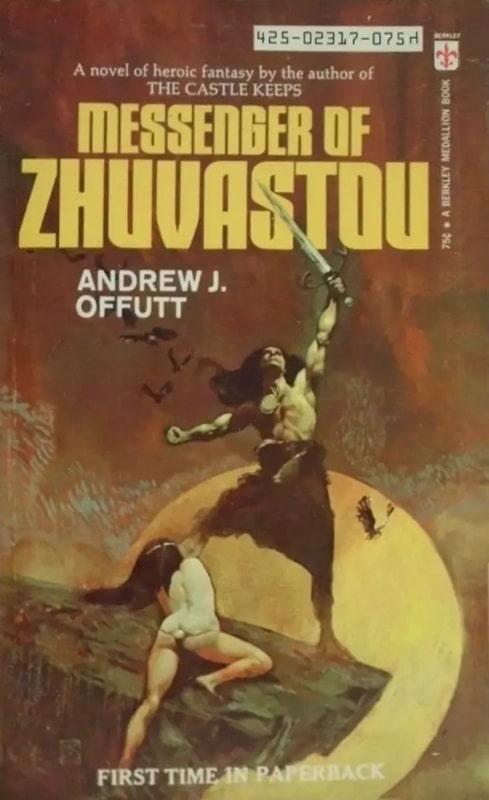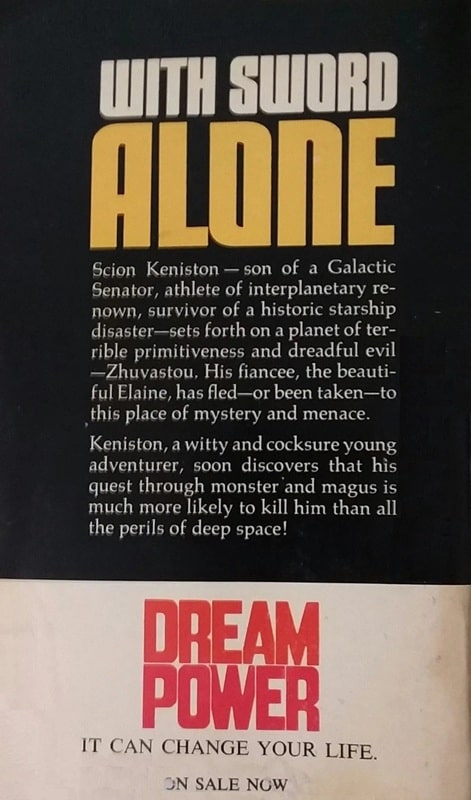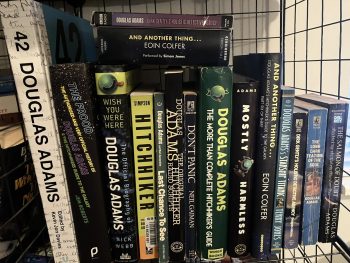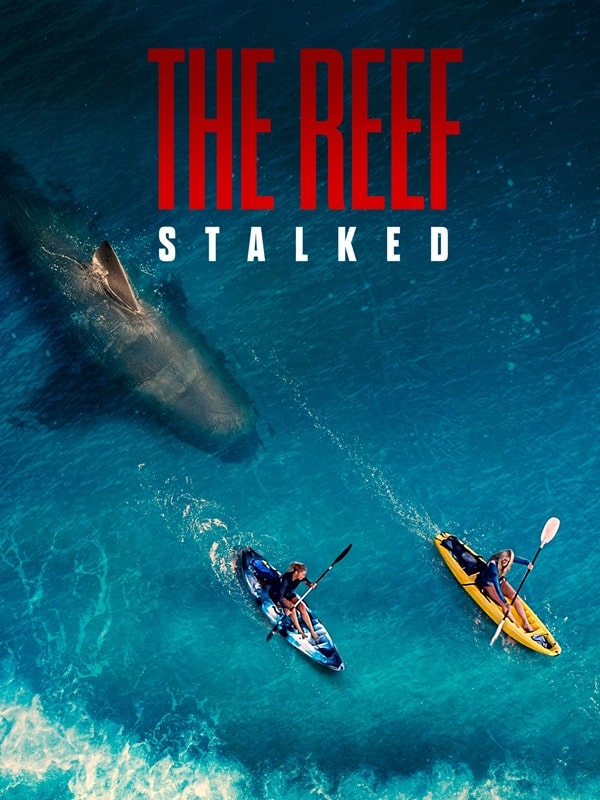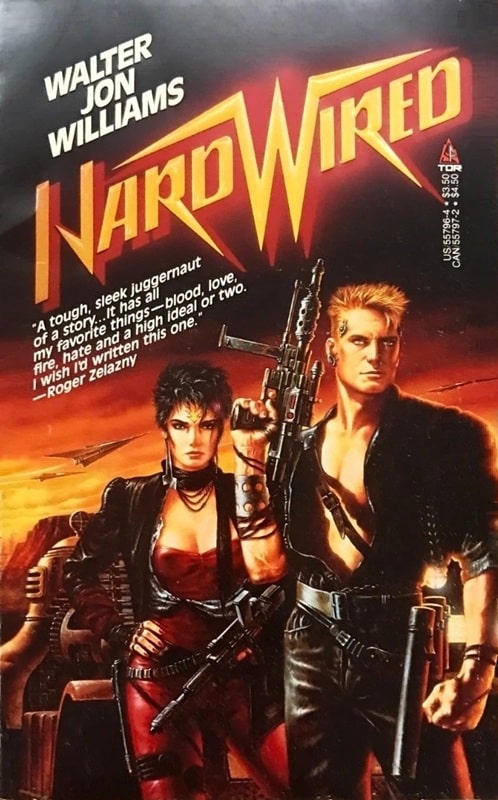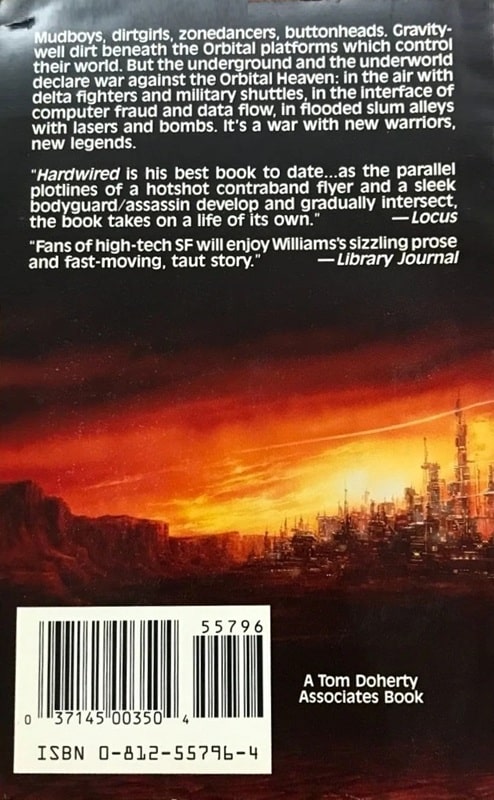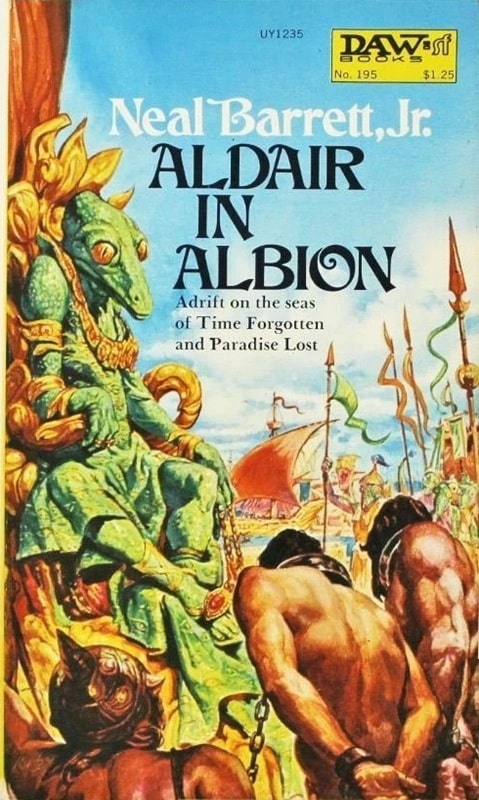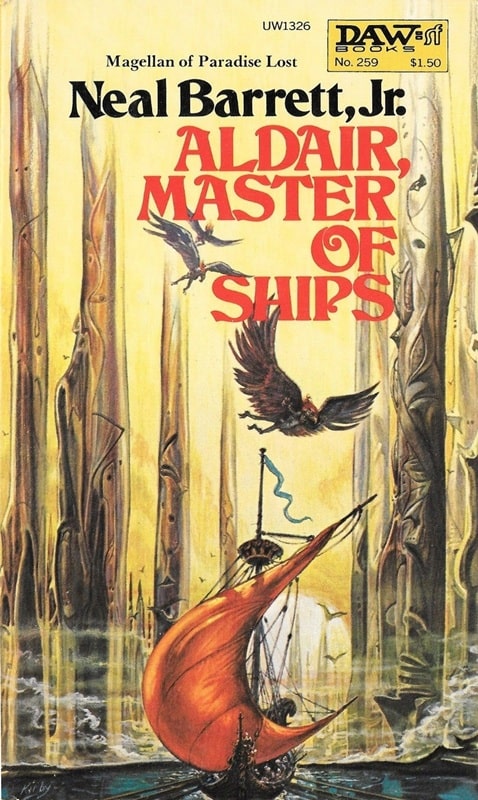Tor Double #35: Robert A. Heinlein’s Universe and Dean Ing’s Silent Thunder

Tor Double #35 is the penultimate volume in the Tor Double series and also the final multi-author offering, originally published in July 1991. A throwback to the early volumes in the series, this volume, although only having a single cover, has embossed title text for the first time since volume #19.
Universe was originally published in Astounding Science Fiction in May 1941. Although not the first generation ship story, Universe is a relatively early example of the subgenre and Heinlein’s first foray into it, although he would return to it in the future, eventually published Universe and its sequel “Common Sense” as the novel Orphans of the Sky.

